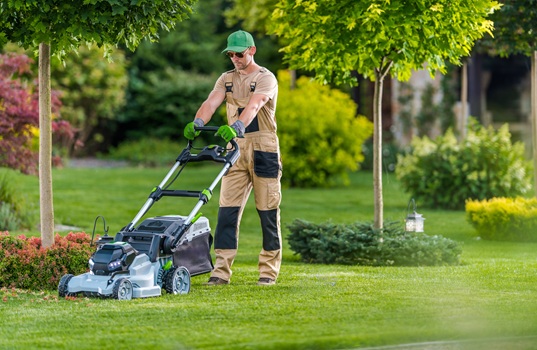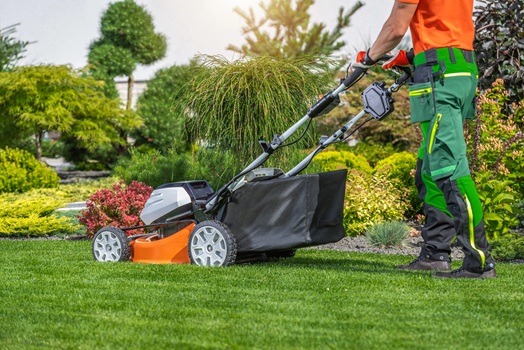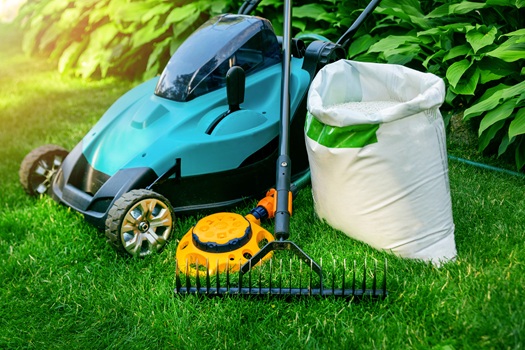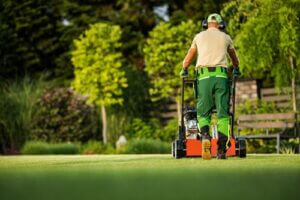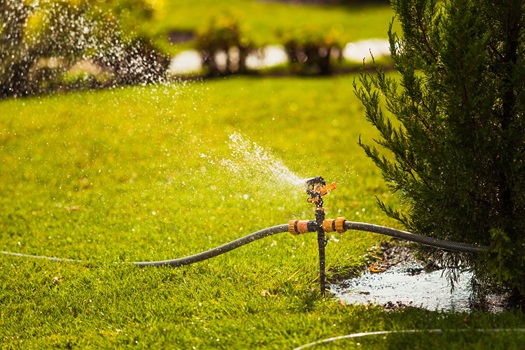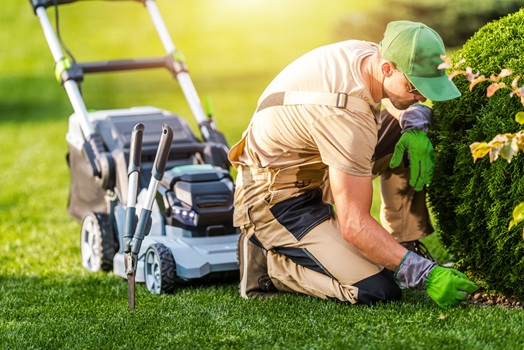
If you want reliable lawn care in Conway SC, start with the essentials, then build a simple routine that fits your yard. Because the right habits drive results, choose tools that match your space, mow with purpose, and feed on a schedule. As a result, lawn care becomes easier week by week. Additionally, when you need more help than a weekend can offer, a trusted lawn care expert can keep momentum going without guesswork.
- Why Lawn Care Starts With The Right Tools
- Mowing And Edging Tips That Simplify Lawn Maintenance
- Feeding, Watering, And Weed Control For Lawn Care Results
- Seasonal Lawn Care In Conway SC
- When To Call A Lawn Care Expert
- Professional Help For Lawn Care Projects
- Smart Safety And Ergonomic Habits
- What To Do When Time Is Tight
- Troubleshooting Common Issues
- Keeping Momentum Through The Year
Why Lawn Care Starts With The Right Tools
Good tools save time and protect grass health. First, select a mower sized to your lawn and keep the blade sharp, since clean cuts reduce stress and browning. Then, add an edger for crisp borders and a string trimmer for tight corners. Also, have a spreader ready so you can apply fertilizer and weed control evenly. For leaves and debris, a sturdy rake and a lightweight blower keep surfaces clear between cuts.
To make choices simpler, consider this quick tool set:
- Mower with a sharp blade, plus an edger and trimmer for detail work
- Broadcast or handheld spreader for even coverage of seed, fertilizer, and weed control
Because consistent care depends on convenience, store tools together so maintenance never feels like a chore.
Mowing And Edging Tips That Simplify Lawn Maintenance
Mowing sets the tone for lawn maintenance. Therefore, cut often enough to remove no more than one-third of the blade each time. Next, change mowing patterns weekly to prevent ruts and lean, then edge along sidewalks and beds for a tidy, finished look. If clippings are light, leave them to recycle nutrients. However, bag heavy clumps after rain so they do not smother the turf. Finally, pause mowing when heat spikes, since slightly taller grass shades soil and helps roots stay cooler.
Feeding, Watering, And Weed Control For Lawn Care Results
Feeding schedules work best when they match growth. In spring, use a balanced fertilizer to kickstart color and density. Then, target weeds early, because young weeds are easier to suppress. During summer, water deeply but less often, so roots chase moisture downward. For example, one or two deep sessions per week usually beat daily splashes that only dampen the surface. In autumn, a slow-release formula helps store energy for winter. Additionally, reseed thin patches after aeration, since open soil welcomes new roots.
Seasonal Lawn Care In Conway SC
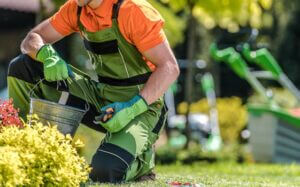
Lawn care in Conway SC
Local weather swings affect timing, so watch the forecast and soil temperature. When spring warms consistently in Conway SC, start with a light feed and pre-emergent weed control. Meanwhile, as summer heat builds, shift to deep watering and higher mowing heights to reduce stress. Then, when autumn settles in, aerate compacted areas and overseed to thicken the canopy before cooler nights arrive. Because humidity can rise in Conway SC, encourage airflow by trimming dense shrubs at lawn edges.
When To Call A Lawn Care Expert
Some tasks demand extra experience. Aeration, disease diagnosis, and precision weed control benefit from a lawn care expert who can tailor treatments to soil and turf type. Additionally, if brown spots spread despite careful watering, or if patches return after every mow, professional testing can reveal issues such as drainage, pH imbalance, or pests. Therefore, bring in help before a small problem becomes a season-long setback.
Professional Help For Lawn Care Projects
If you prefer a hands-off approach, schedule regular service so mowing, edging, feeding, and spot treatment follow a steady plan. For one-time projects, ask for a written scope that lists product types, application rates, and expected results. Because clear expectations prevent surprises, you will know exactly how your yard will progress over several weeks. For larger makeovers, including full renovation, Conway Lawn Care Service can coordinate dethatching, overseeding, and irrigation checks. In addition, Conway Lawn Care Service can create a maintenance calendar you can follow between visits to keep gains intact.
Smart Safety And Ergonomic Habits
Safety protects both you and the turf. Wear eye protection when trimming, and use hearing protection near the mower. Also, fuel and store equipment outdoors or in a ventilated area. Then, lift with your legs when moving bags of soil or seed. As a result, you avoid common strains and keep yardwork enjoyable.
What To Do When Time Is Tight
Life gets busy, yet grass keeps growing. Consequently, simplify the routine. Raise the mower one notch, edge every other week, and water deeply on set days. For example, a quick 10-minute check after work can catch emerging weeds before they spread. Likewise, a once-a-month tidy of tools keeps everything ready for the next window of free time.
Troubleshooting Common Issues
Yellowing can signal dull mower blades, nutrient gaps, or shallow watering. On the other hand, mushy spots may suggest overwatering or poor drainage. Therefore, adjust one variable at a time and observe changes for a week. If little improves, schedule a soil test and ask for treatment recommendations matched to your grass type. Ultimately, steady adjustments beat drastic changes that shock the lawn.
Keeping Momentum Through The Year
Consistency wins. Even small, regular actions build density and color that last. Then, as your lawn thickens, weeds lose space and disease pressure drops. Because a healthy yard also cools the area around your home, every pass with the mower and spreader contributes to comfort and curb appeal for you and your neighbors in Conway SC.
Call Conway Lawn Care Service now to book a service visit, set your seasonal plan, and enjoy easy lawn care with results you can see.
Like our Facebook page for more information.
Conway Lawn Care Service
Conway, SC 29526
843-602-9872
http://conwaylawncareservices.com
Areas Served: Carolina Forest, Myrtle Beach, North Myrtle Beach, Conway, Surfside Beach, Forestbrook
